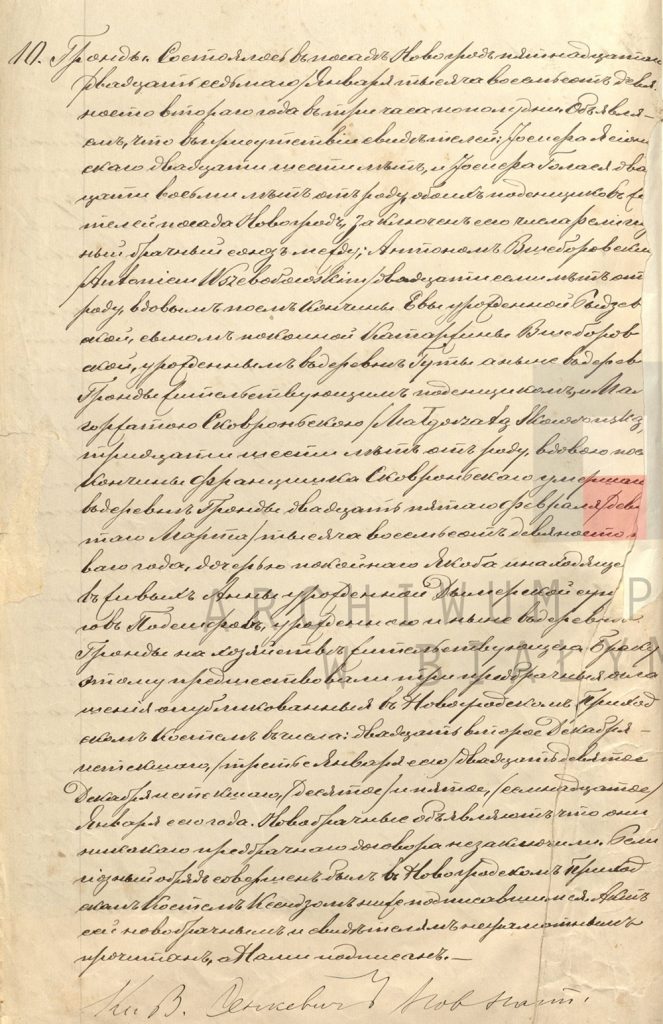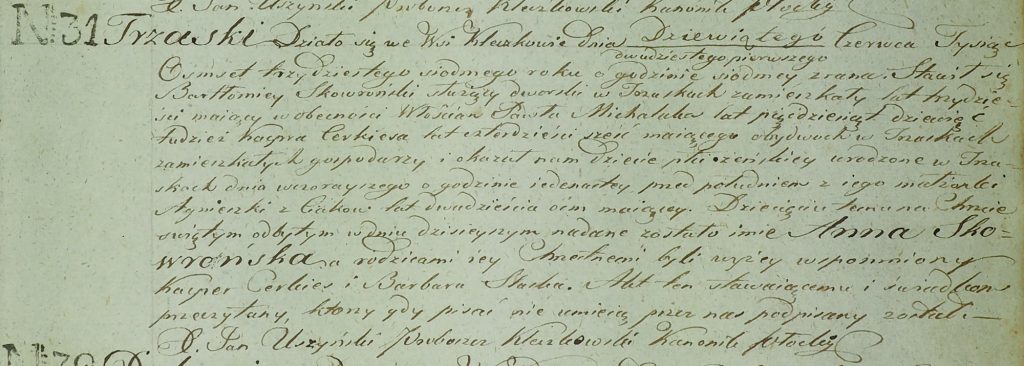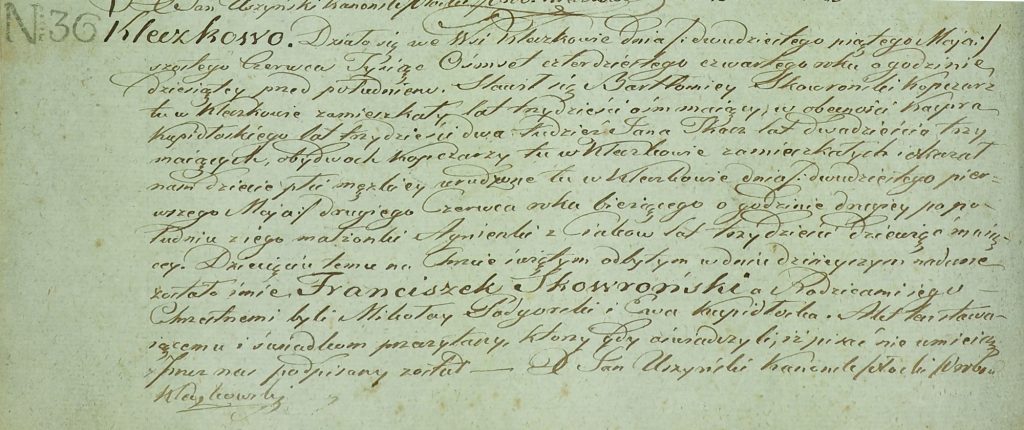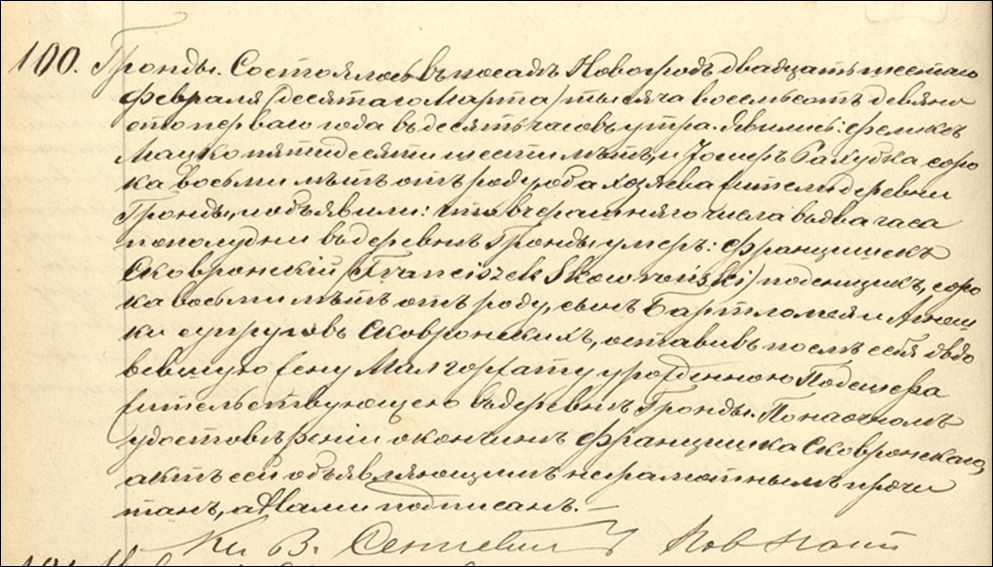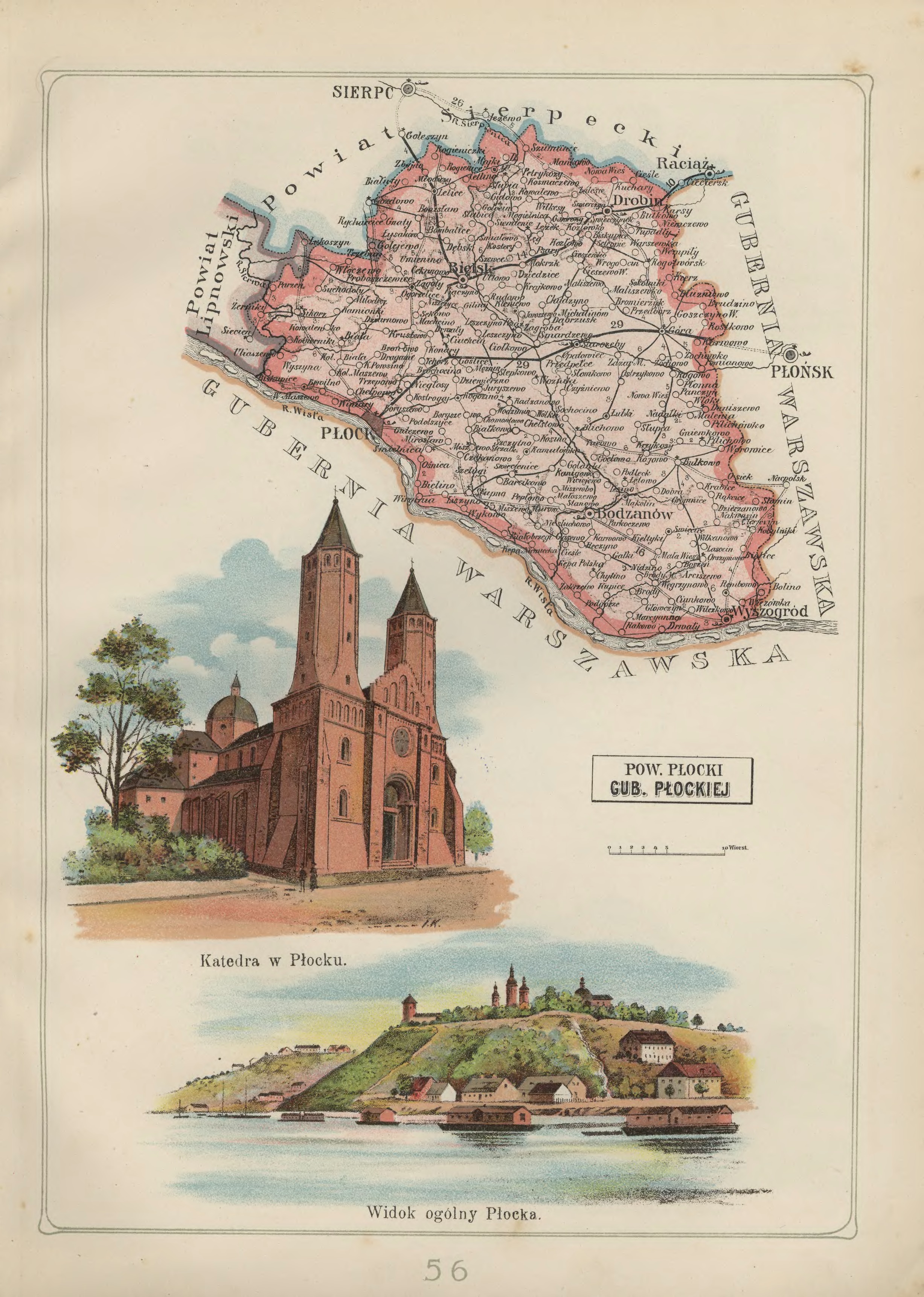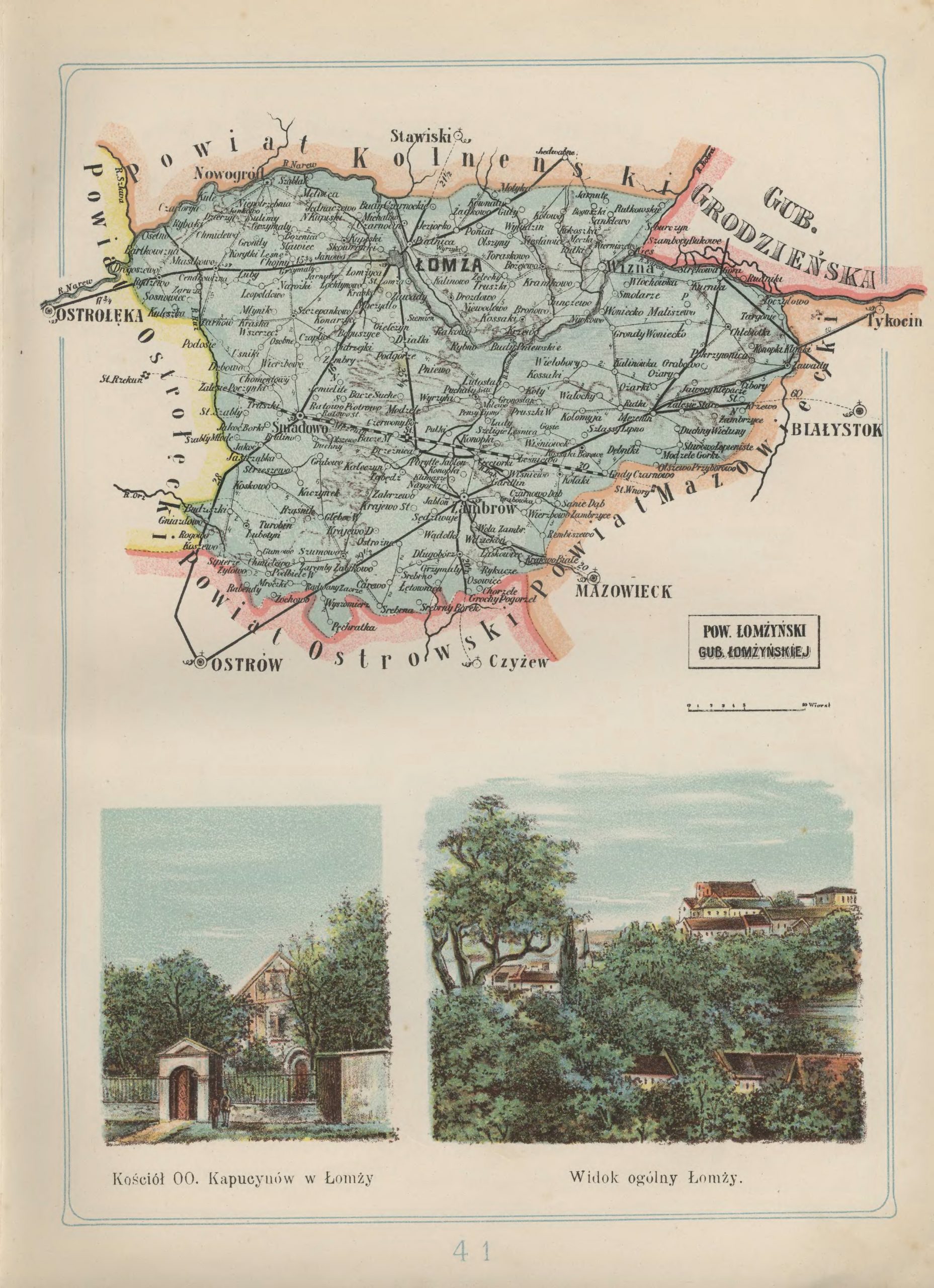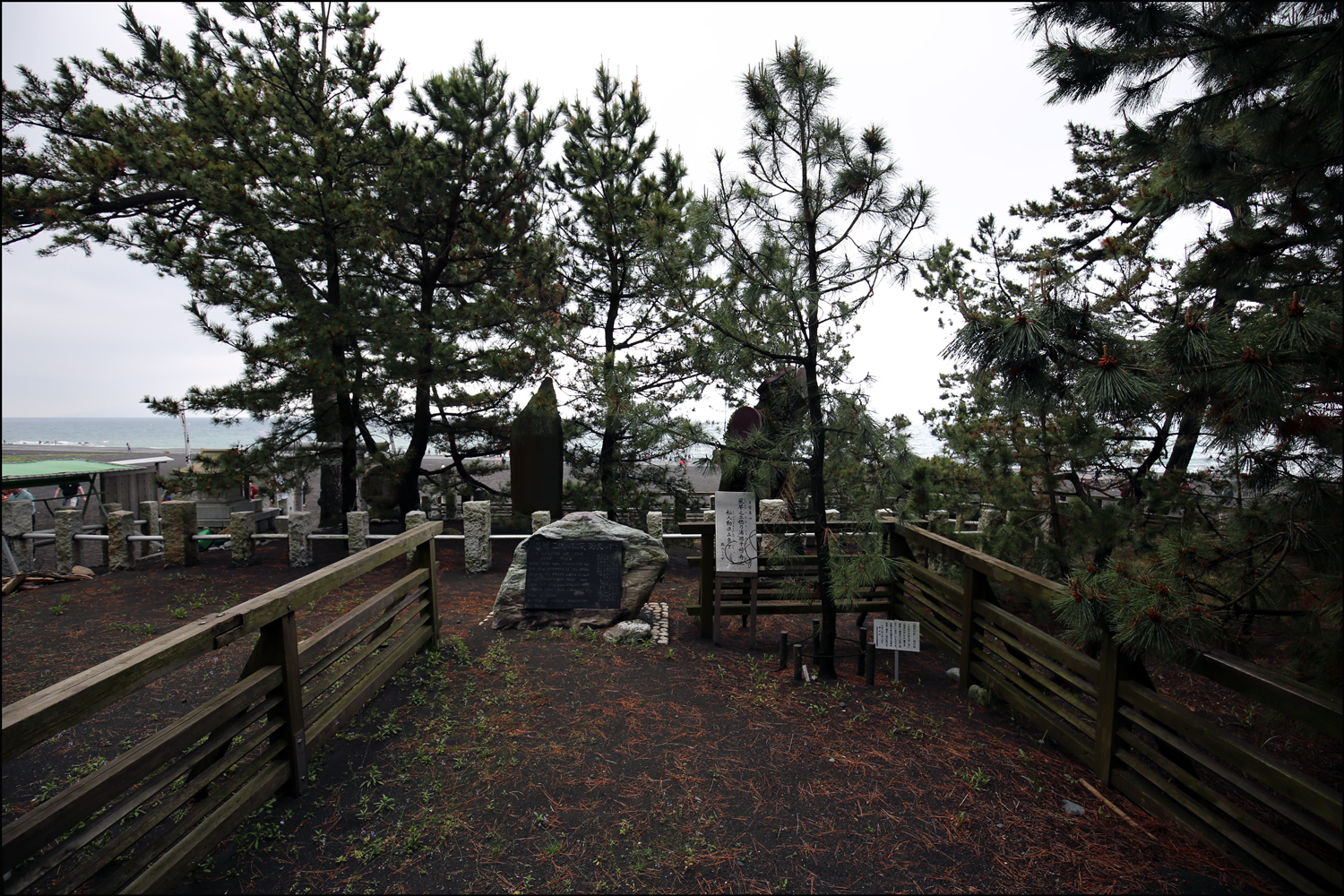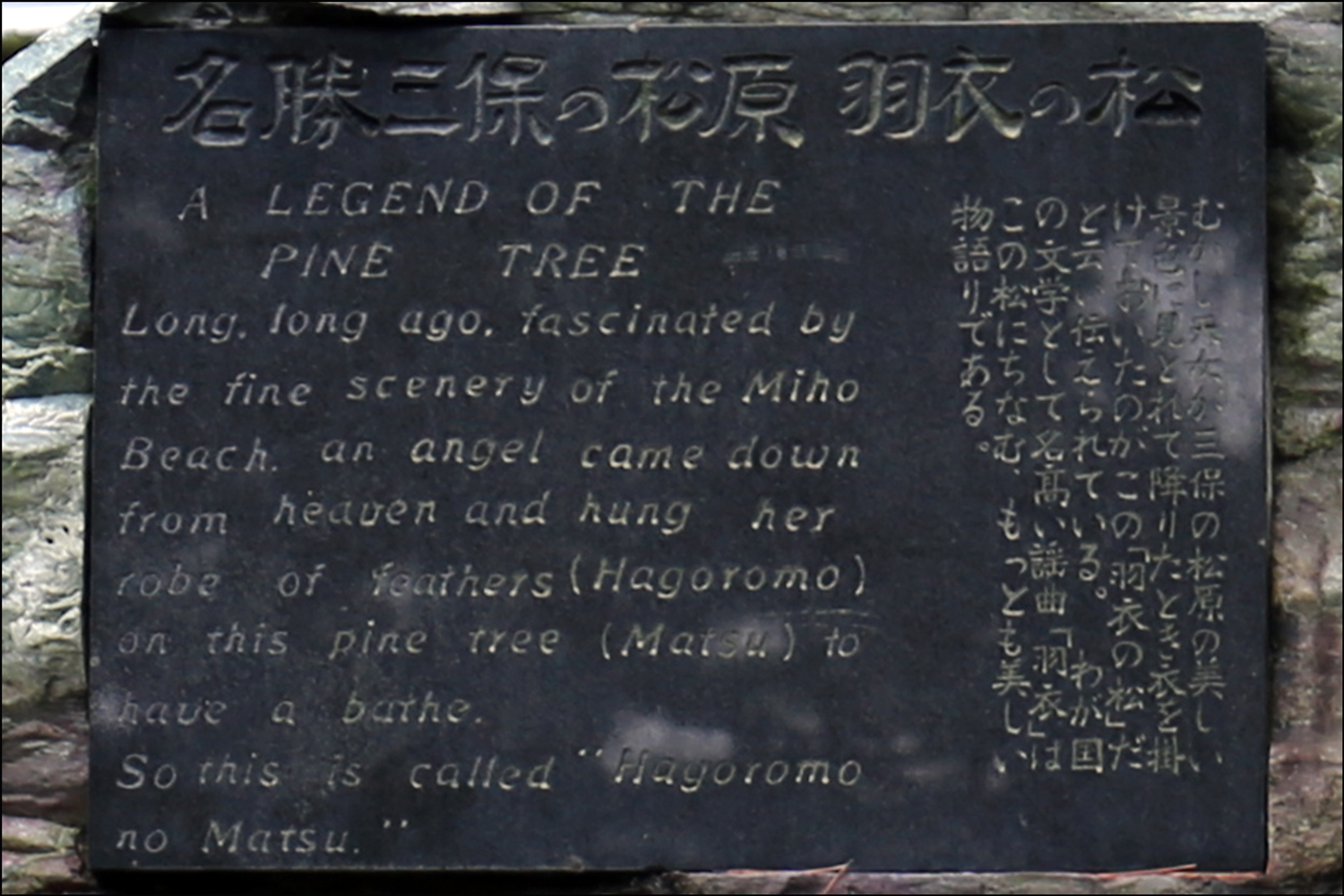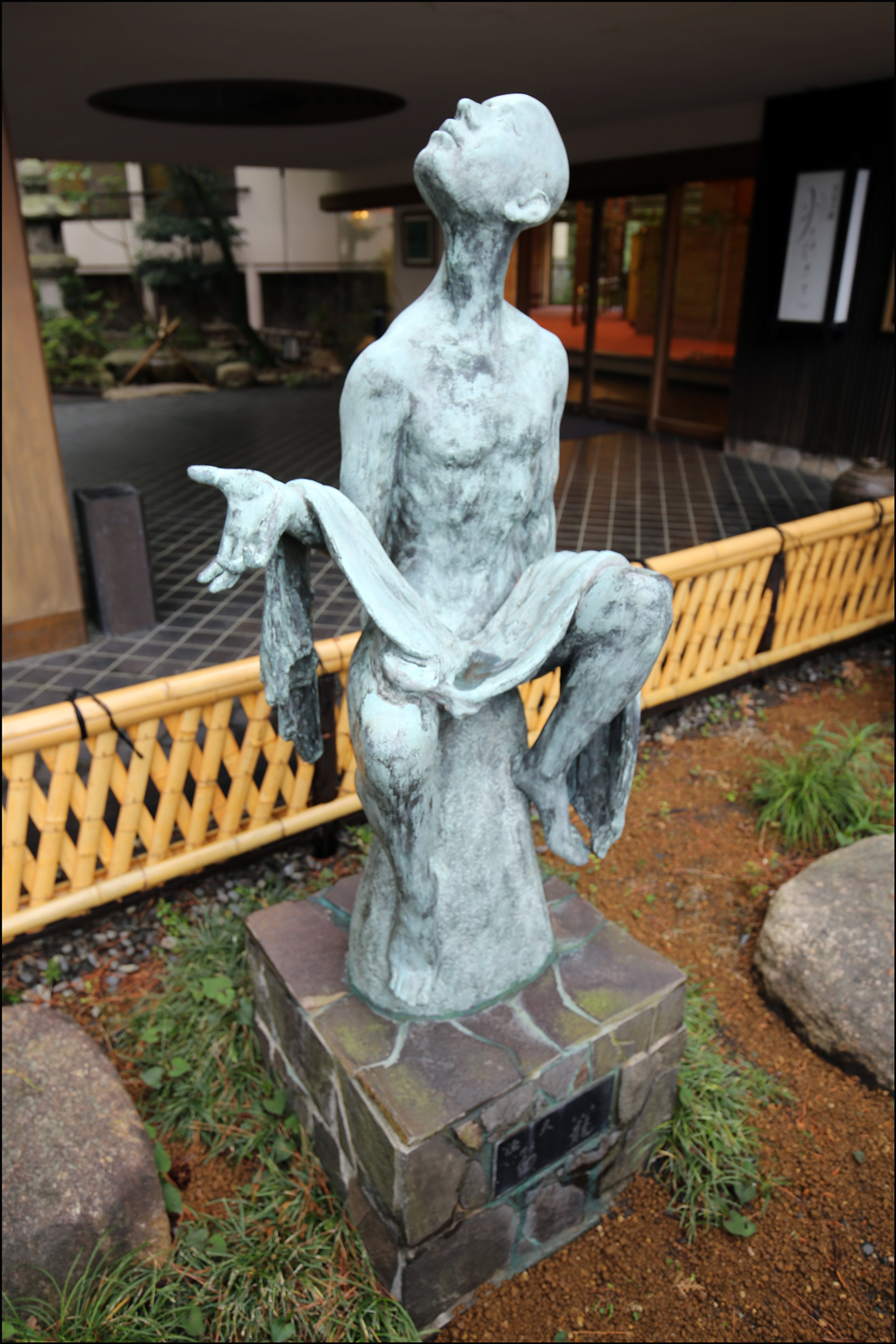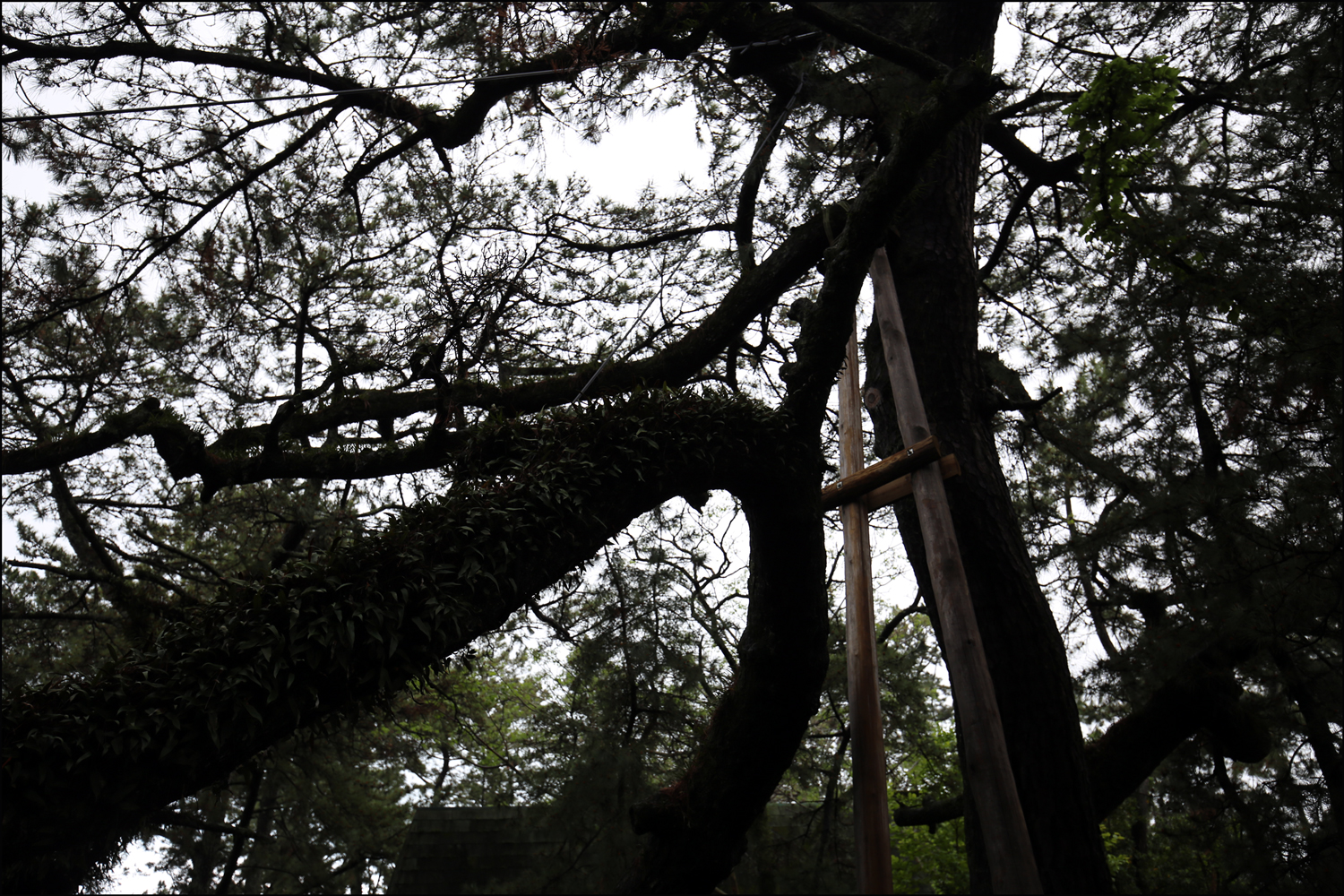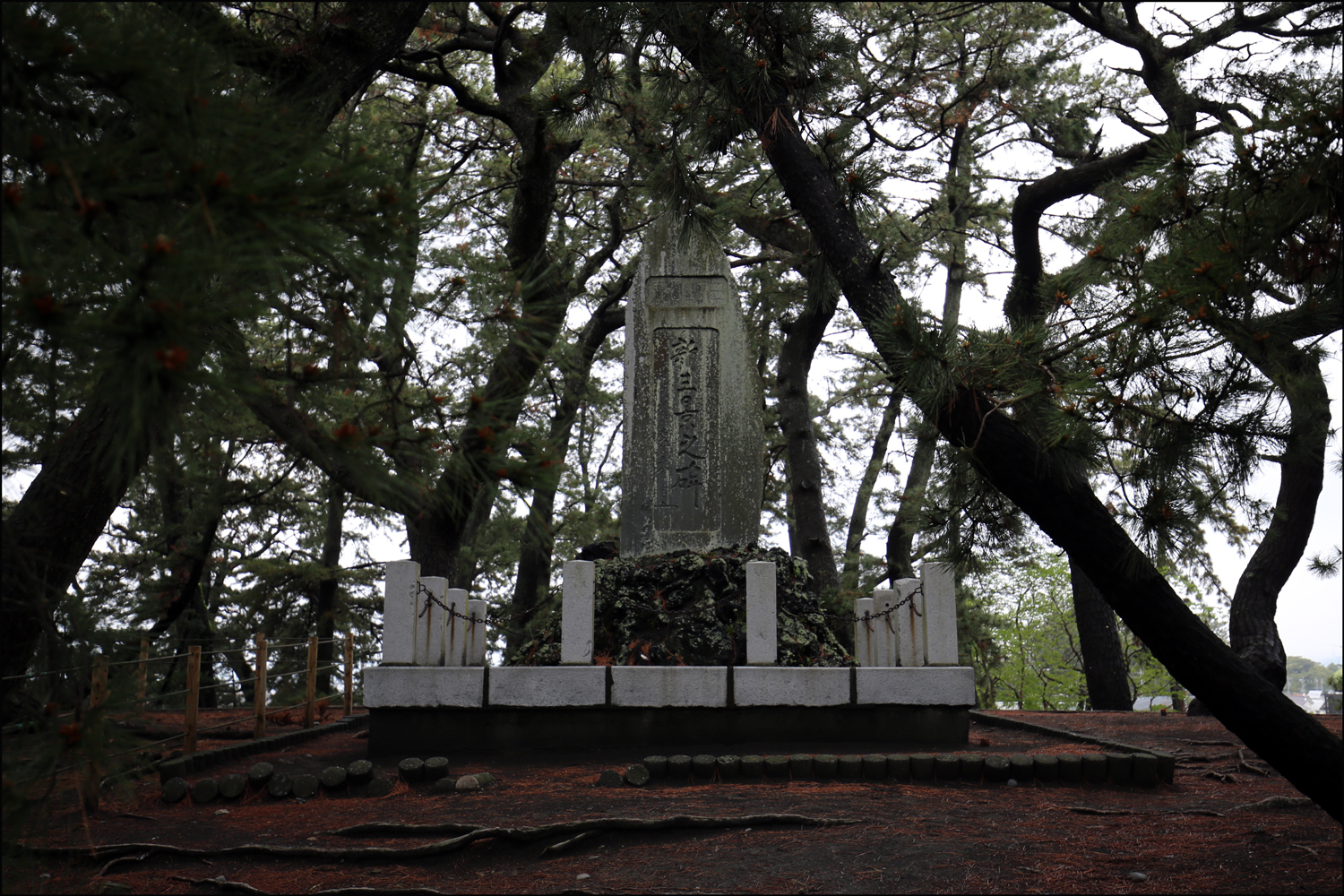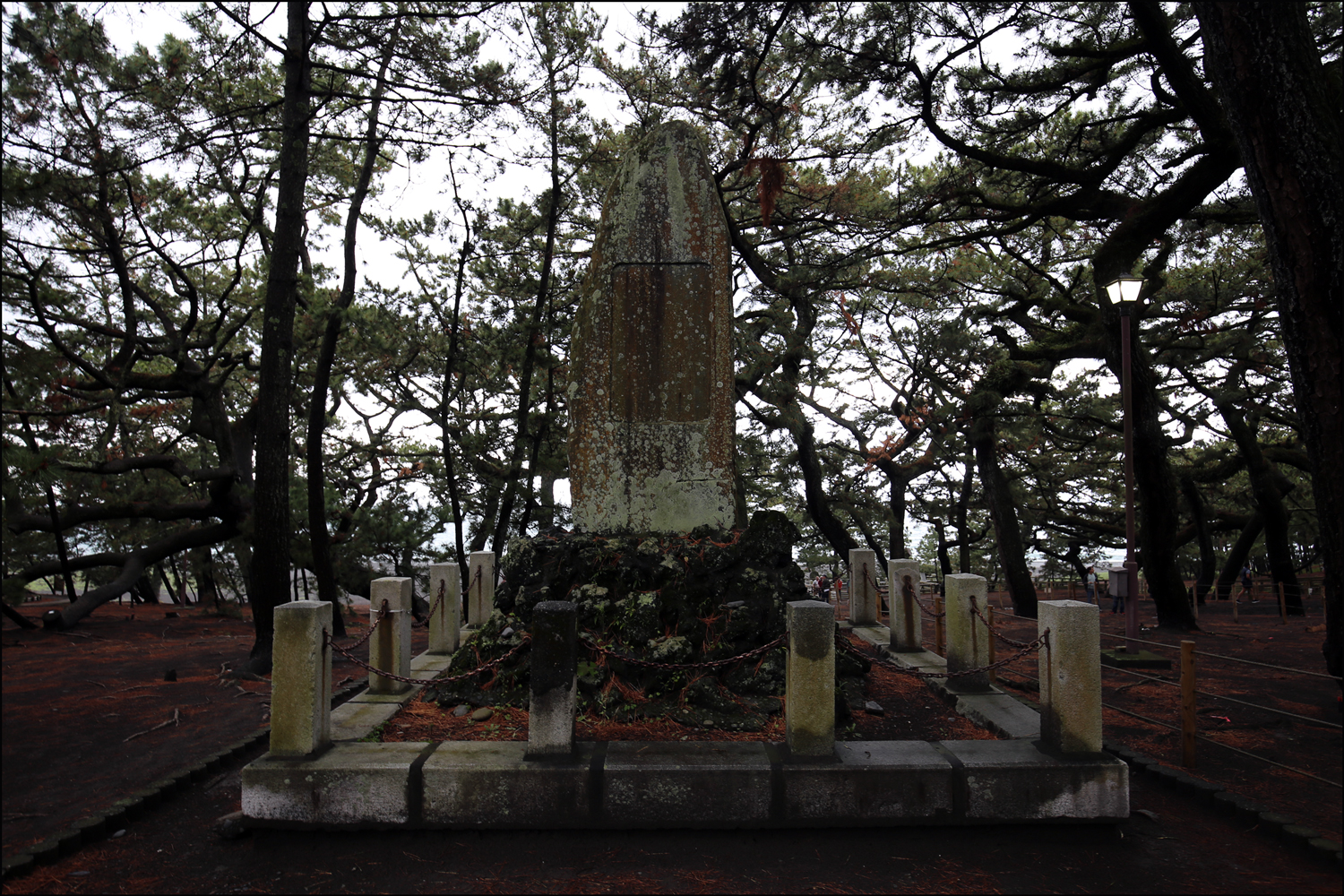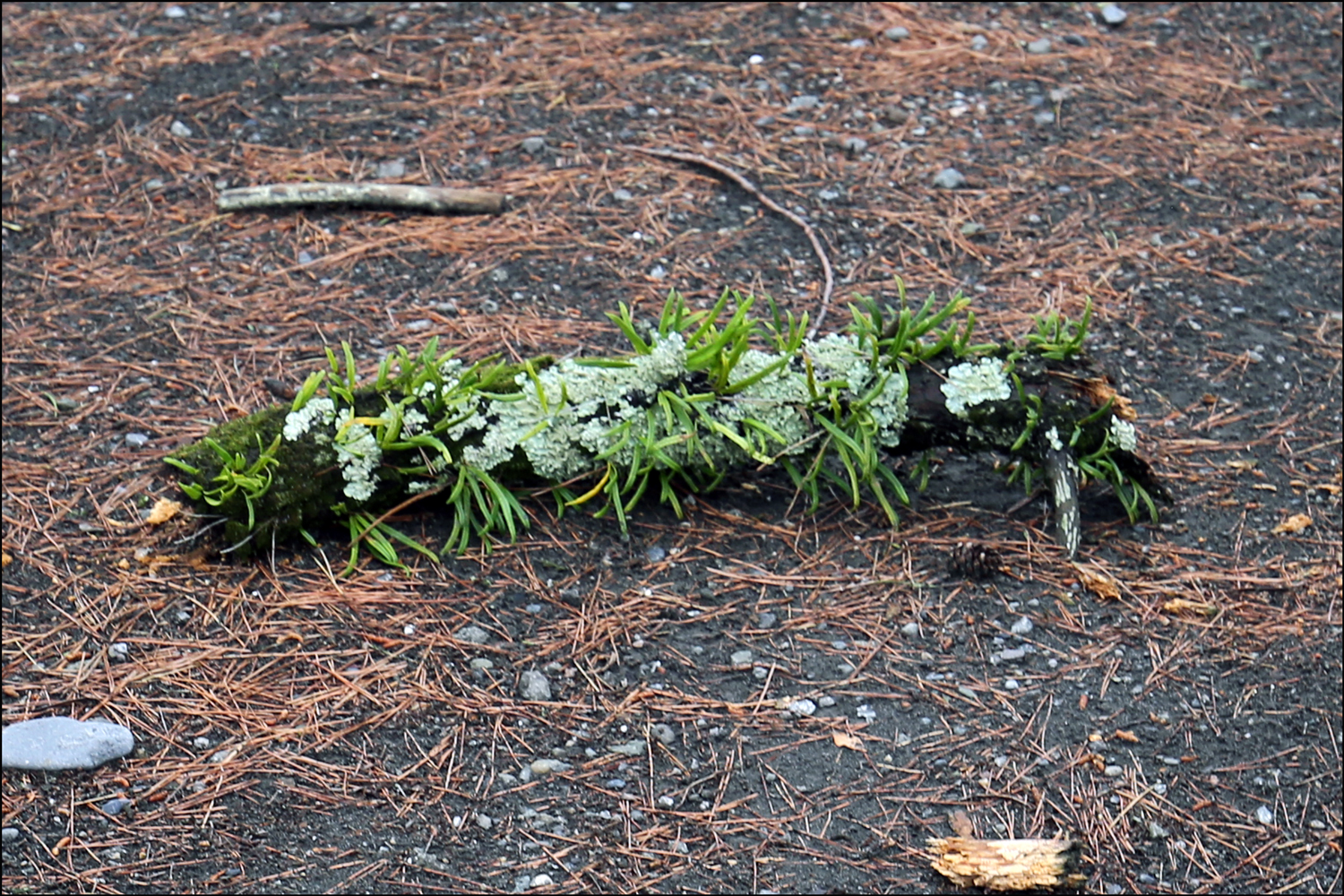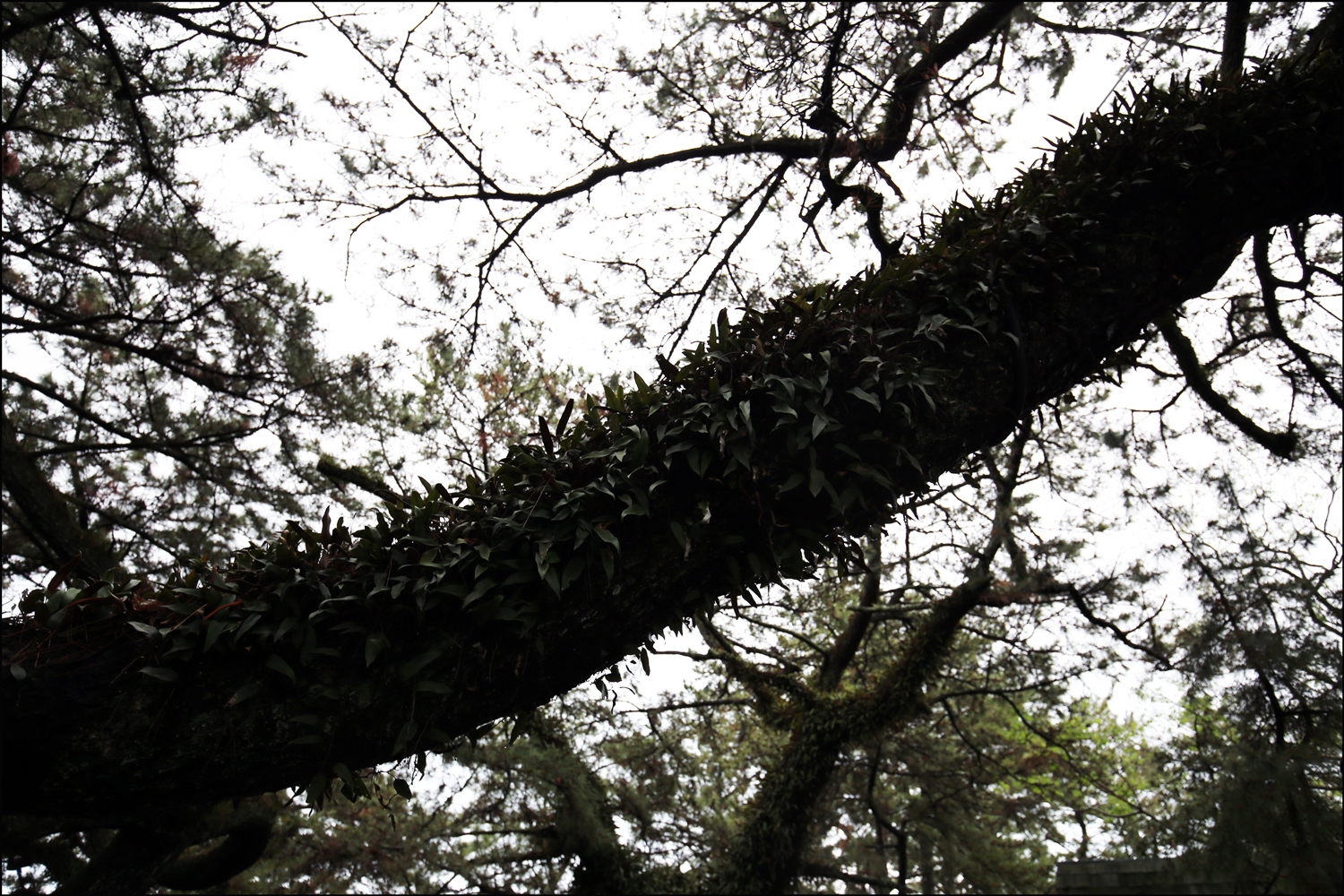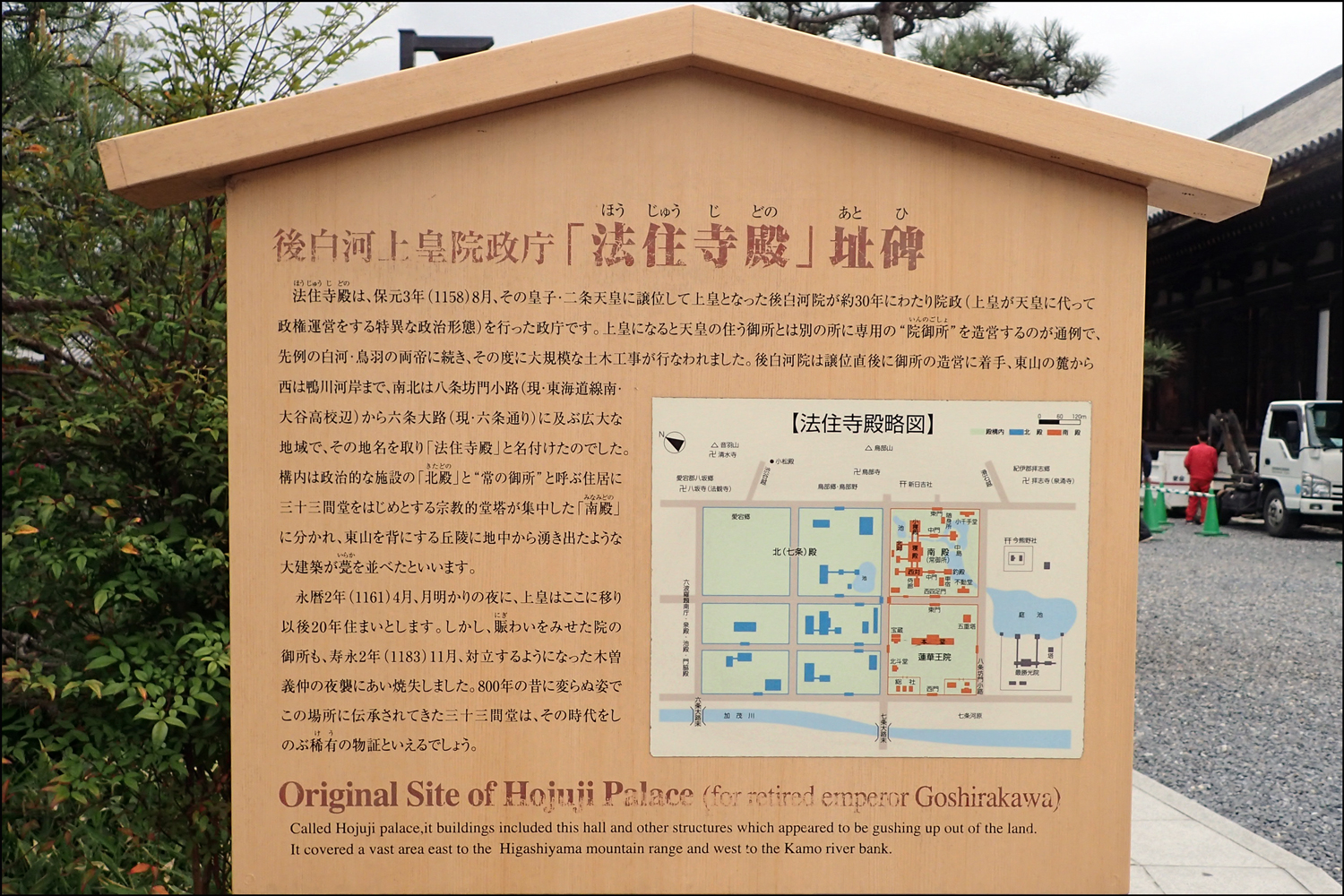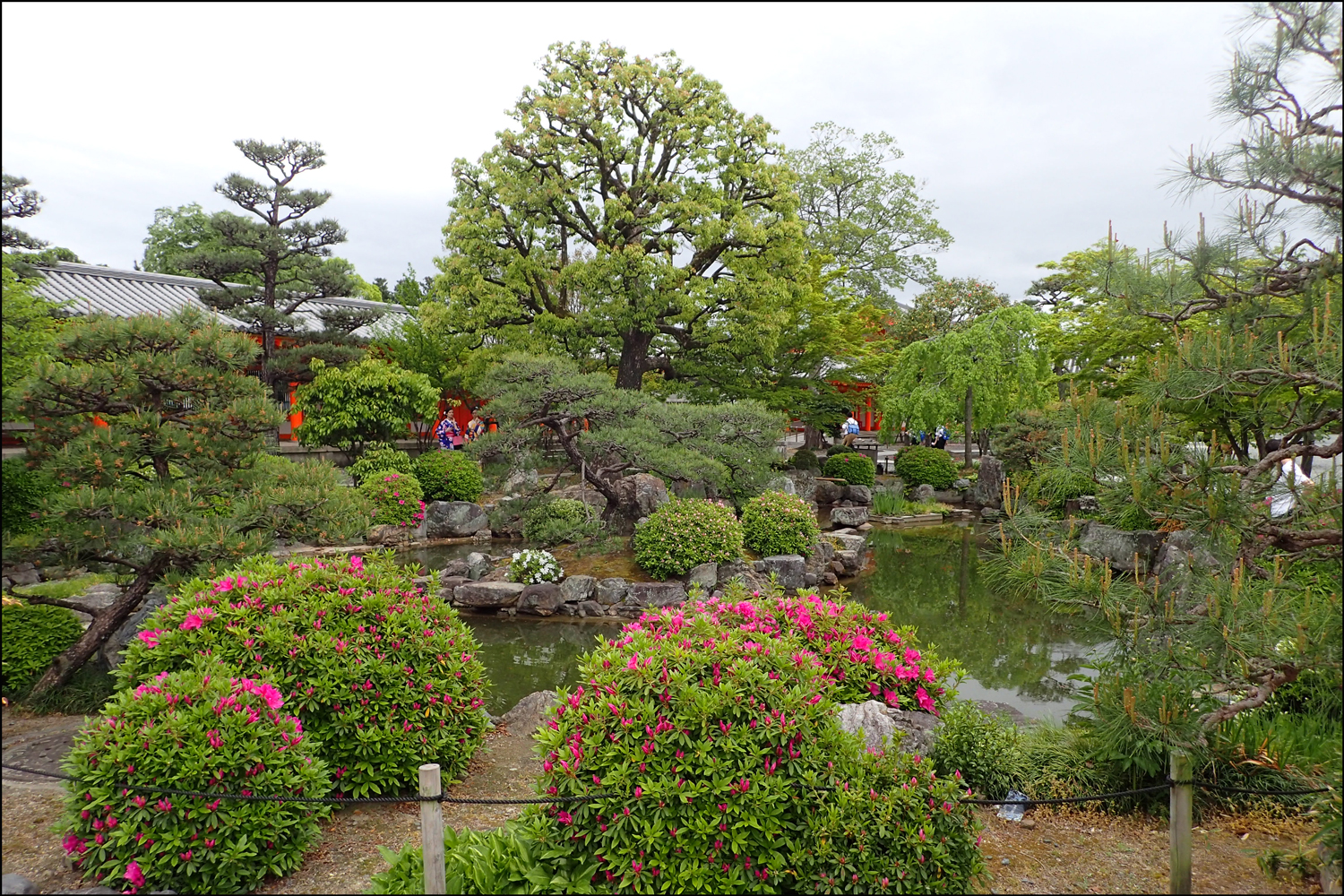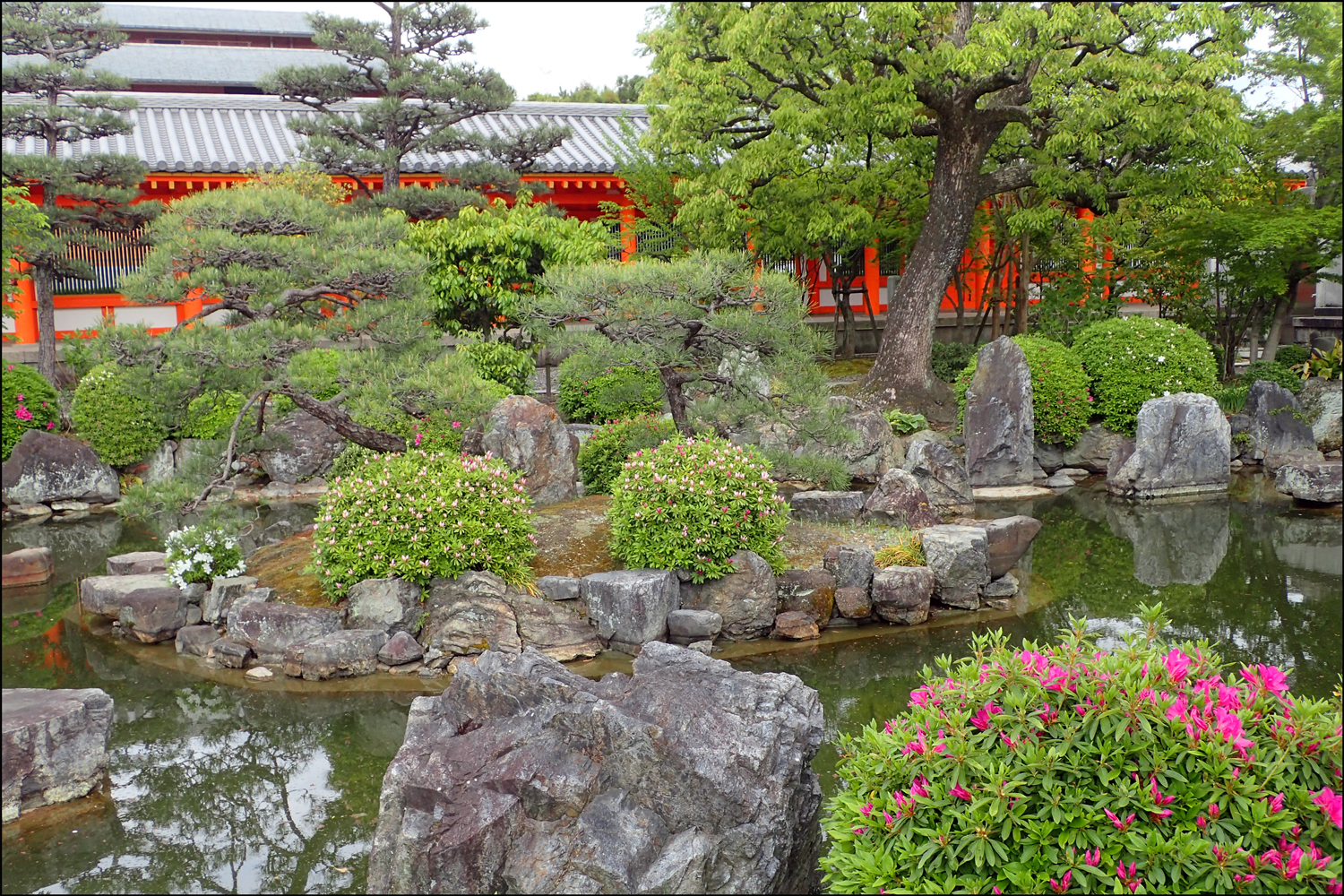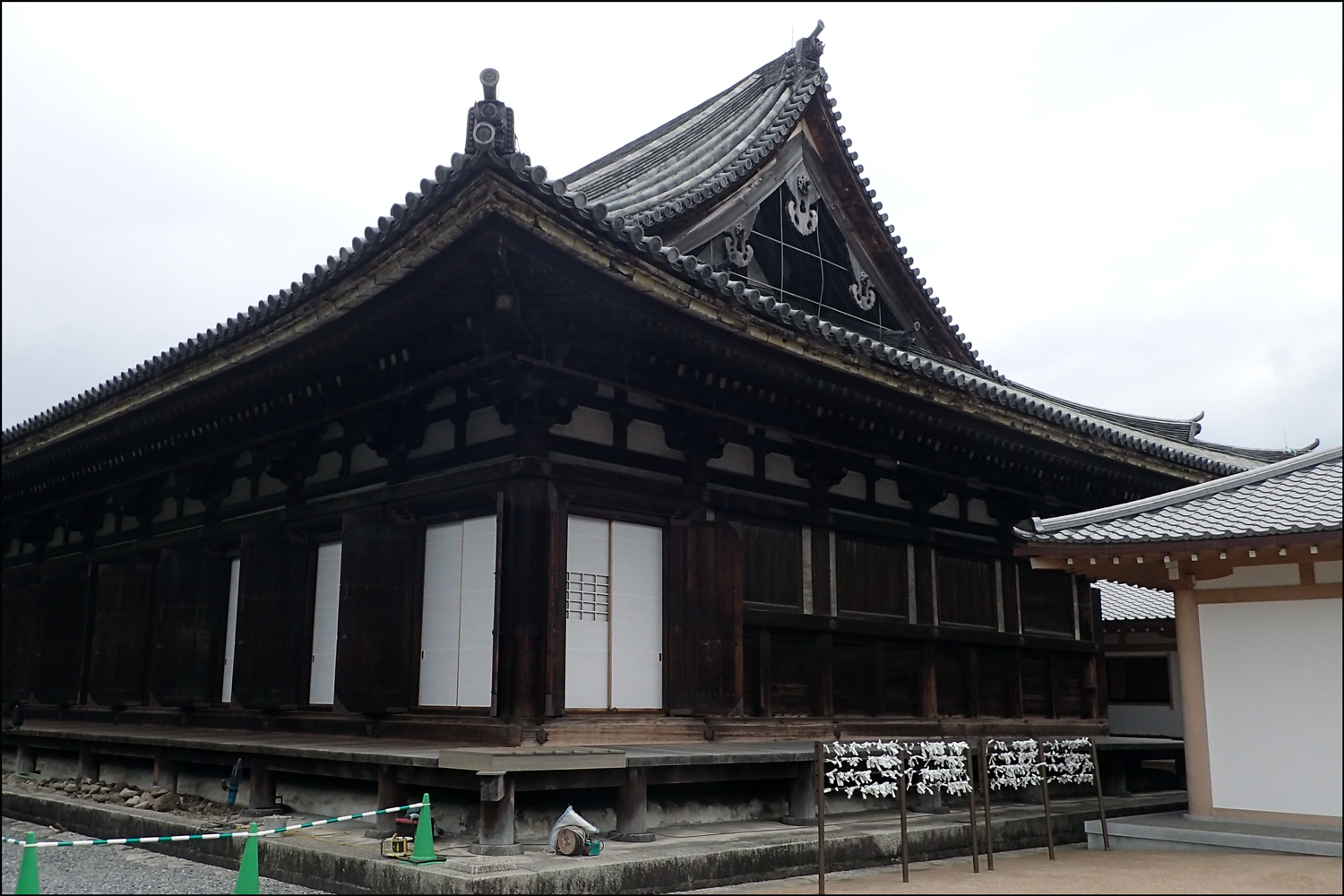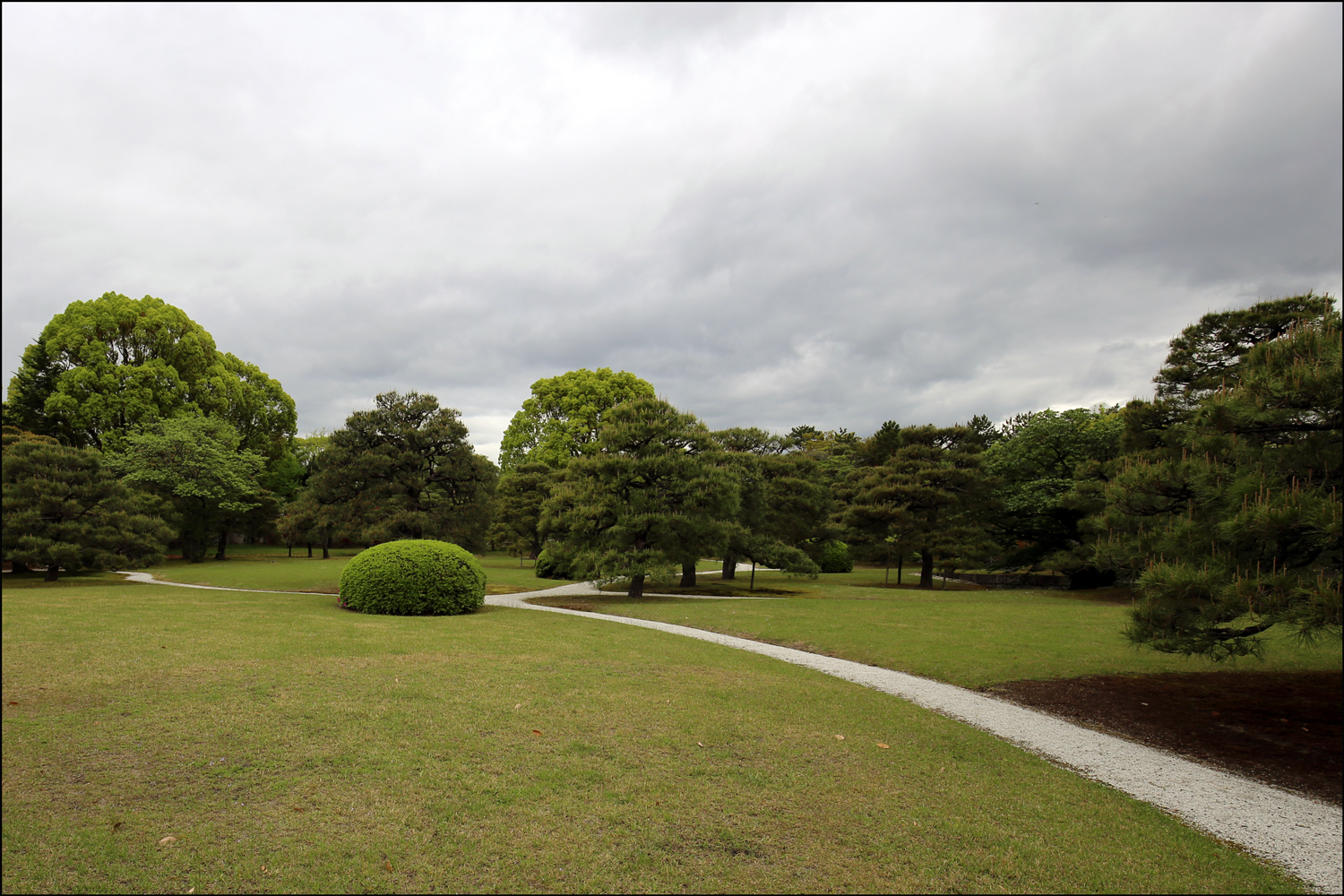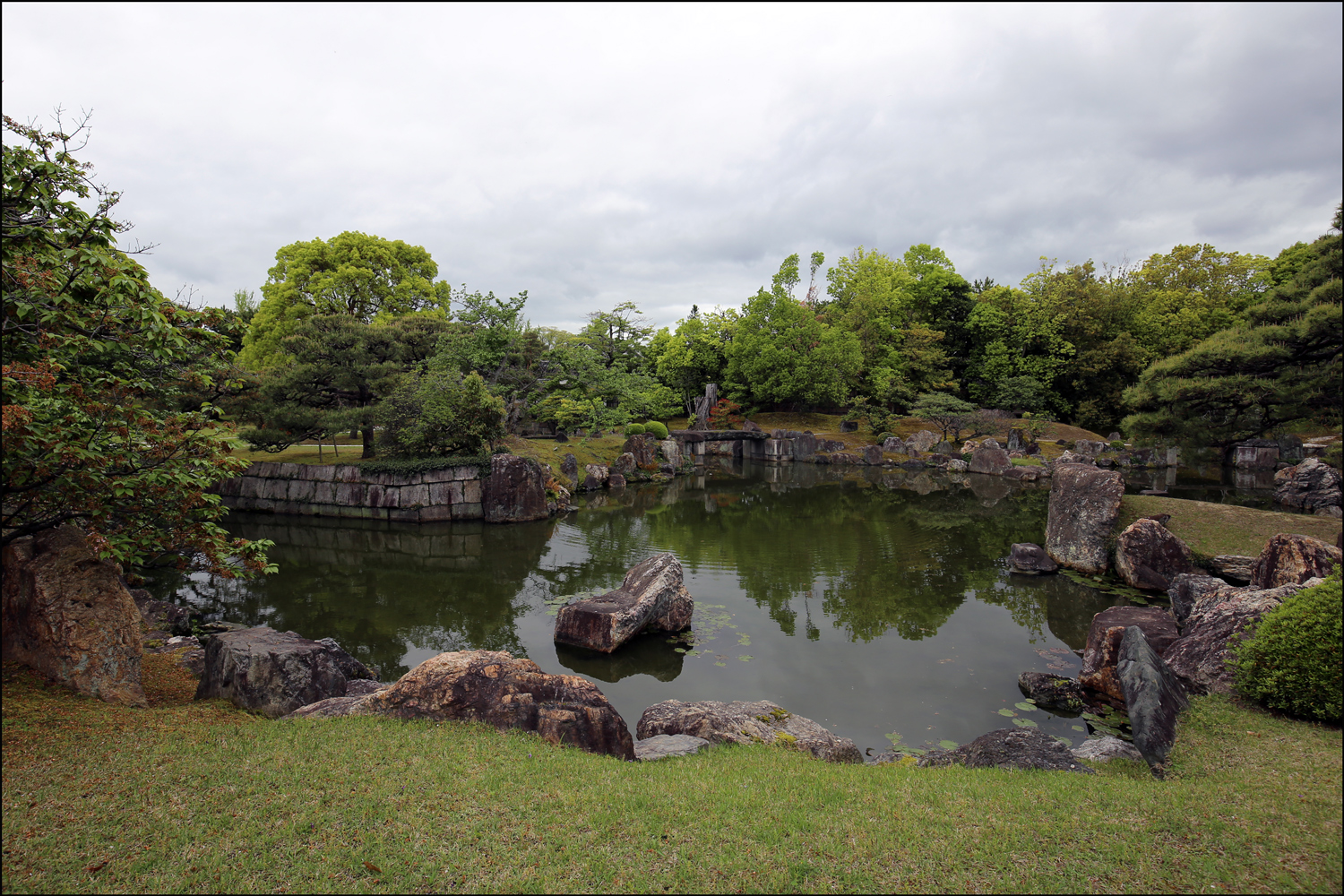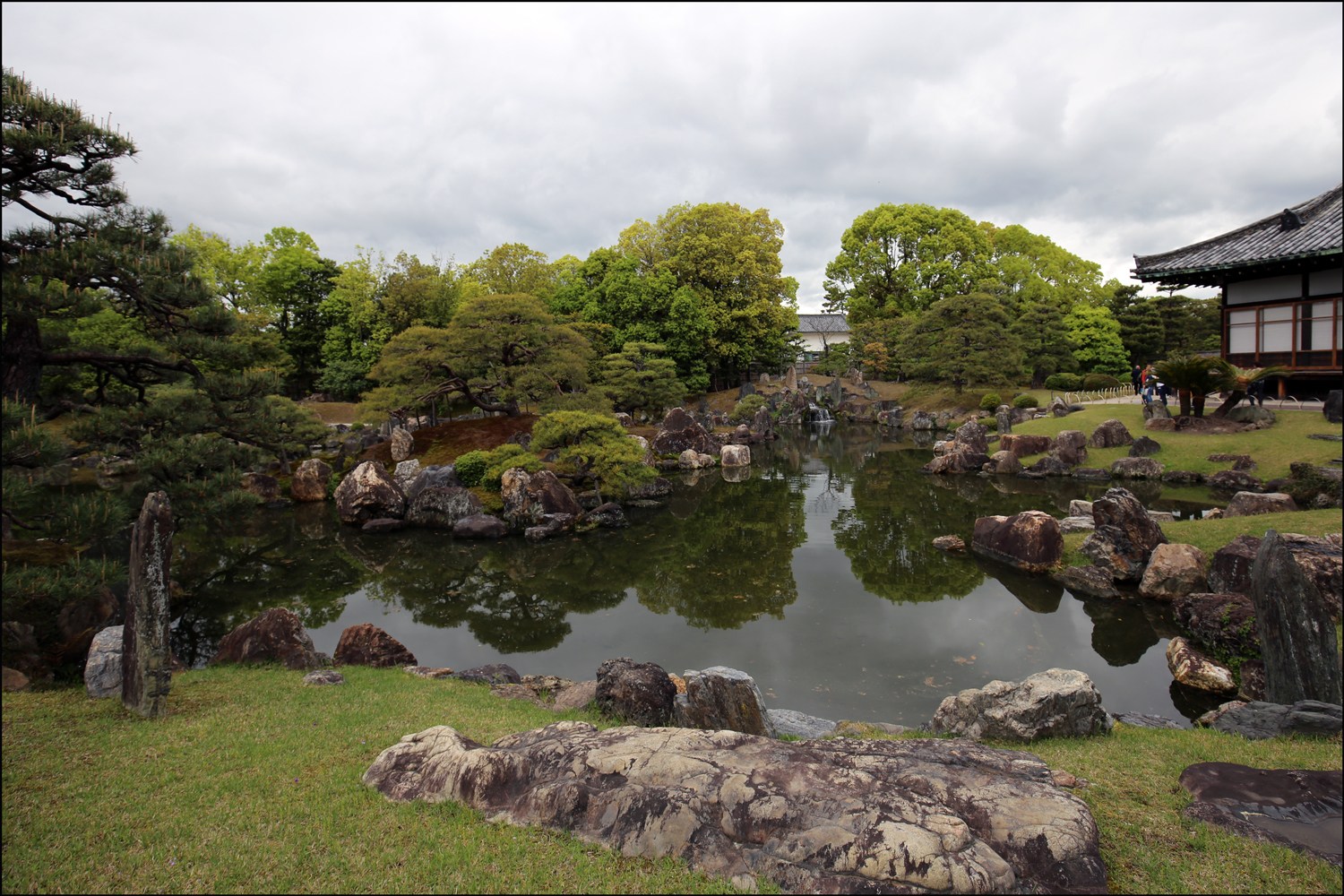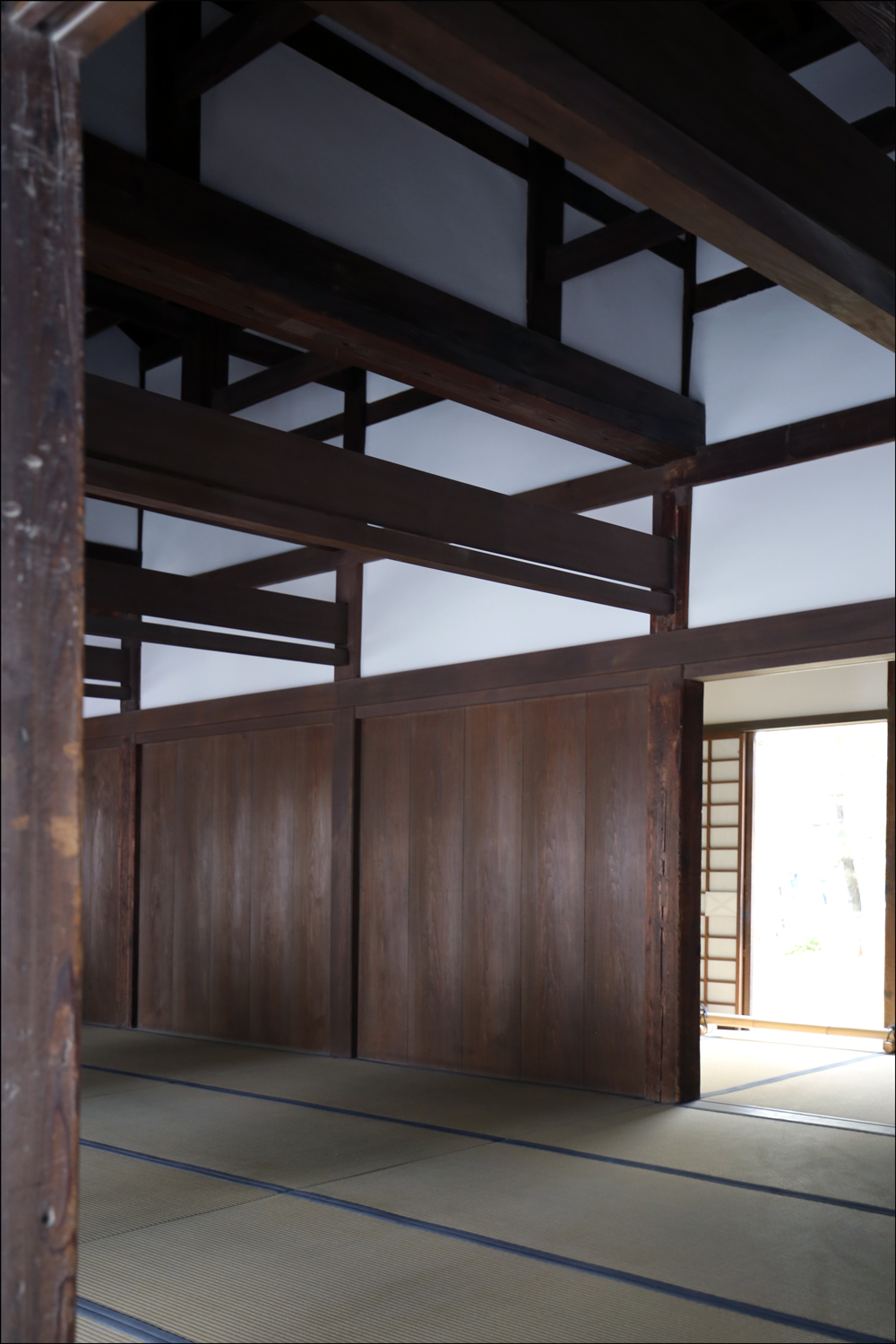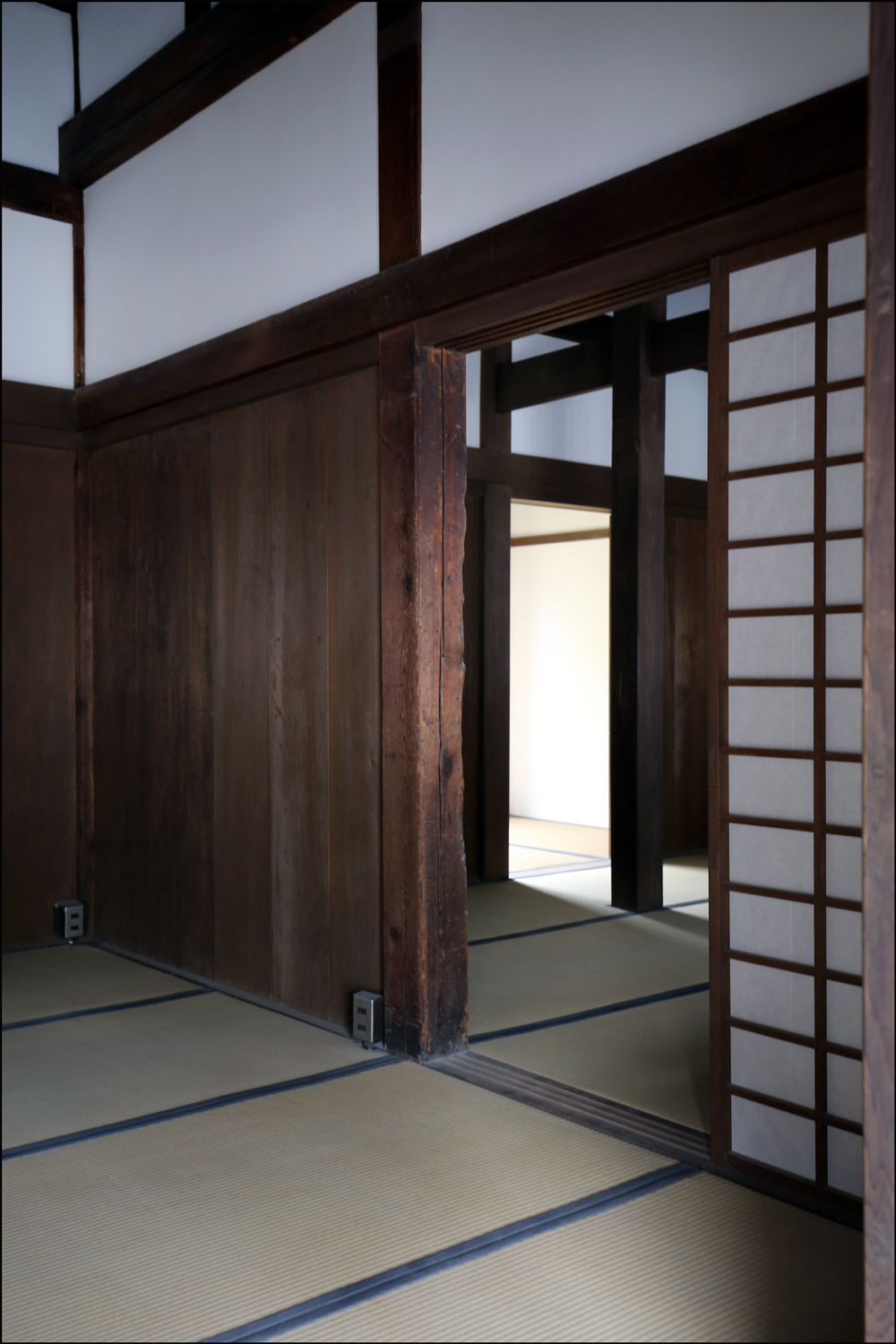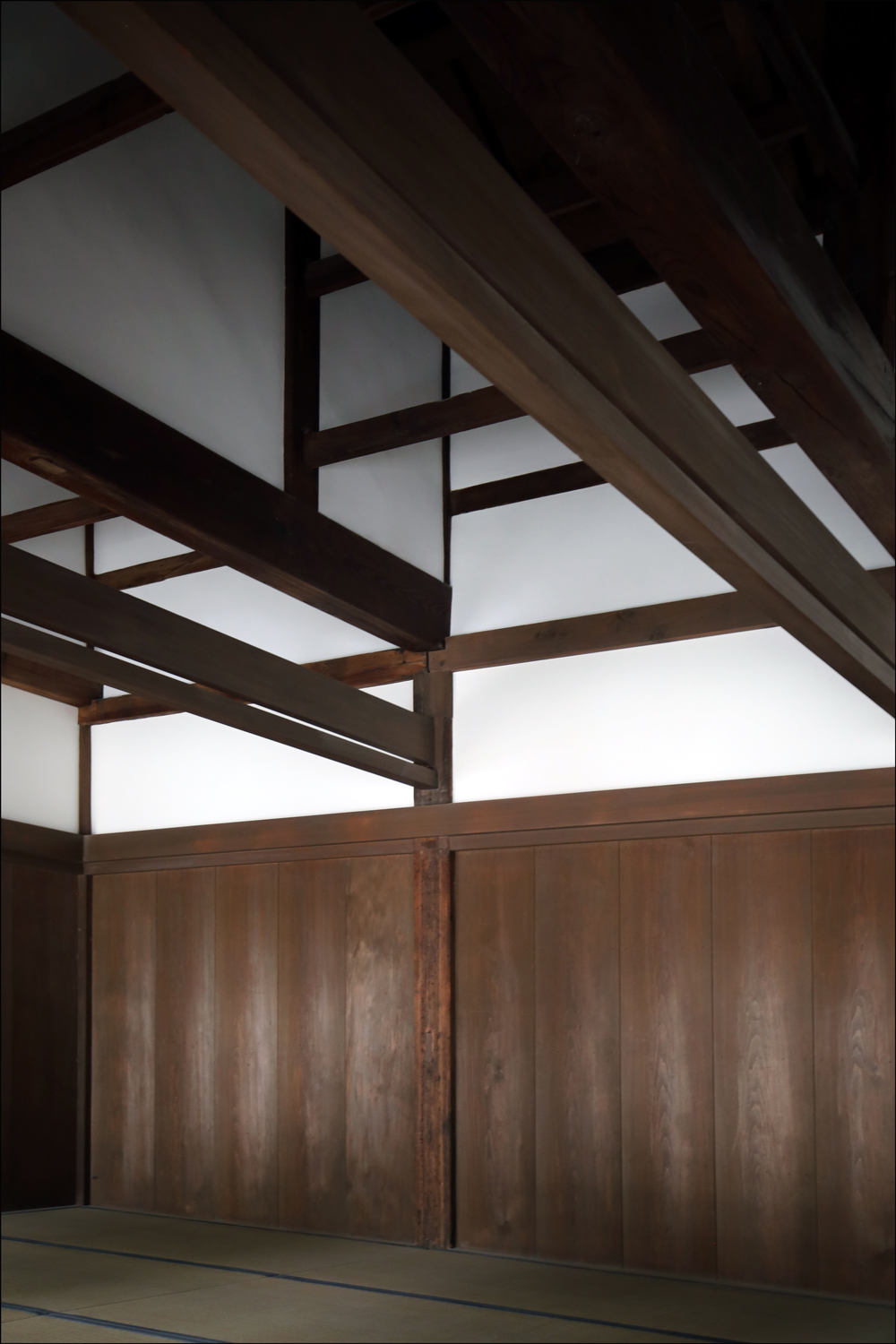Antoni Wseborowski, the son of Katarzyna Wseborowski and widower after the death of his first wife Ewa Pydzewska, was married to Małgorzata née Podeszwa Skowrońska, daughter of Jakub Podeszwa and Anna Dymerska and widow after the death of her husband Franciszek Skowronski, on 27 January 1892 in Nowogród, Łomża Powiat, Łomża Gubernia, Congress Kingdom of Poland.
Marriage Record for Antoni Wseborowski and Małgorzata née Podeszwa Skowrońska – 1892
Roman Catholic Parish of the Nativity of the Blessed Virgin Mary (Nowogród, Łomża Powiat, Łomża Gubernia, Congress Kingdom of Poland), Civil Registrations of the Roman Catholic Parish of Nowogród for the Year 1892, folio 27 recto, entry 10, marriage record for Antoni Wseborowski and Małgorzata née Podeszwa Skowrońska, recorded 27 January 1892; State Archives in Bialystok Branch in Łomża, digital images, Szukaj w Archiwach (https://www.szukajwarchiwach.gov.pl : accessed 18 January 2021).
Click on the image above to view a higher resolution image. Click on the link for a PDF copy of the Marriage Record for Antoni Wszeborowski and Małgorzata née Podeszwa Skowrońska. Translated from the Russian, the record reads:
10. Grądy. This happened in the village of Novogród on the fifteenth [Julian Calendar]/ twenty-seventh [Gregorian Calendar]/ of January in the year one-thousand eight-hundred and ninety-two at three o’clock in the afternoon. We declare that in the presence of witnesses: Józef Jasionowski, twenty-six years old, and Józef Gołaś, twenty-eight years old, both day laborers and residents of the village of Nowogród, a religious marriage was contracted on this date between Antoni Wszeborowski, twenty-seven years old, widowed after the death of Eva née Pydzewska, the son of the deceased Katarzyna Wszeborowska, born in the village of Guty and now working as a day-laborer, residing in the village of Grądy, and Malgorzata Skowrońska, thirty-six years old, the widow of the deceased Franciszek Skowroński who died in the village of Grądy on the twenty-fifth of February [Gregorian Calendar]/ the ninth of March [Julian Calendar]/ in the year one-thousand eight-hundred and ninety-one, the daughter of the late Jakub and the still-living Anna née Dymerska Podeszfa, born in the village of Grądy and now residing on a farm in the village of Grądy. This marriage was preceded by three announcements of the banns in the Novogród Parish Church on: the twenty-second and twenty-ninth of December of the previous year and the tenth of January of the current year [Julian Calendar] / third, fifth, and seventeenth of January of the current year [Gregorian Calendar]. The newlyweds announce that they have not concluded any prenuptial agreement. The religious rite was performed in the Novogród Parish Church by the priest who signed below. This record was read to the newlyweds and to the witnesses who are illiterate, and signed by us. Reverend [Wincenty] Sienkiewicz, Nowogród Parish
Małgorzata née Podeszwa Skowrońska was the paternal grandmother of Helen Skowronski, the wife of my paternal uncle, Joseph Danko.
Copyright © 2021 by Stephen J. Danko

